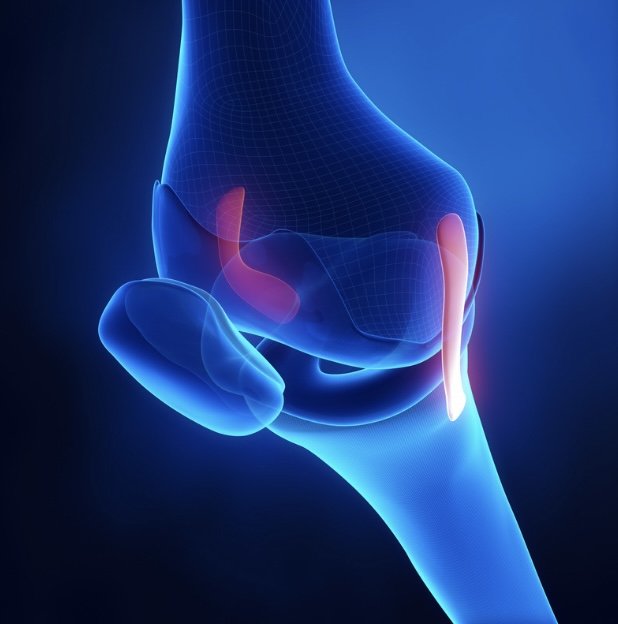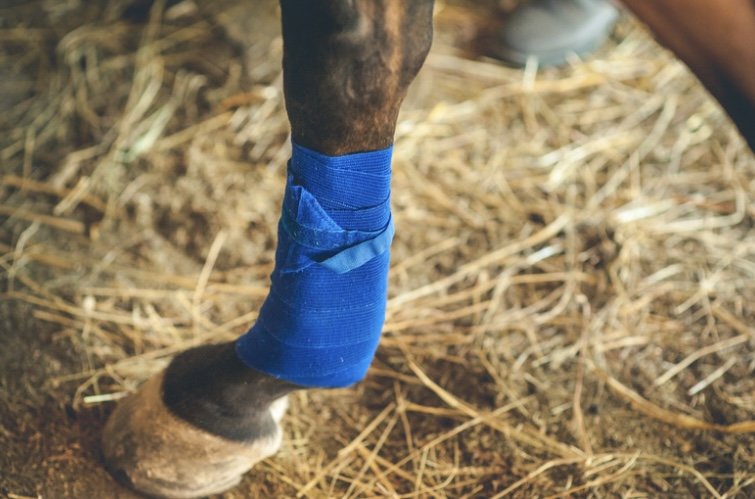Equine Tendon Injuries
Injury to tendons and ligaments, either from repetitive strain or trauma, is one of the most common causes of injury in horses. Tendons and ligaments provide support to the body, enabling the horse to move and exercise.
Tendons
Tendons are very strong connective tissue that connect muscles to bones. Most are relatively short and rarely damaged, however, long tendons of the limbs are vulnerable to damage during exercise or trauma.
They are made of collagen meaning they don’t stretch very much, and they have a low blood supply. This makes them slow healers, and also gives them the potential to store elastic energy, which can help propel the horse forward during motion.
These tendons include the flexor tendons that run down back of the knee (hock joint). The superficial digital flexor tendon (SDFT) ends at the pastern, and the deep digital flexor tendon (DDFT) ends at the back of the pedal bone (in the hoof), held within a sheath. Injury to these flexor tendons is common among racing Thoroughbreds, often seen in the front limbs, but can also be seen in the hind limbs.
Ligaments
Ligaments are made of connective tissue and support and stabilise joints, connecting from bone to bone. They are slightly more elastic than tendons and can stretch a little more.
The most commonly injured ligaments include the suspenseful ligament (SL) and annular check ligaments. The SL keeps the fetlock from overextending. Suspensory ligament (SL) densities of the upper portion of the ligament are common in athletic horses. Short, strong annular ligaments help keep tendons in place in areas of high movement such as joints.
Injury Causes and Symptoms
Injuries of these structures are often from acute traumatic incidents, or from chronic overuse over time. Strenuous exercise can cause tearing of tendon fibres especially in unfit horses, or in fit horses when the tendons are overstretched in fast work or on unlevel ground or during a jump at speed.
During repetitive stress, the tendon will tear a little during exercise, potentially leading to to a hole in the tendon.
The body's response is to increase inflammation, further weakening and damaging the tendon. Inflammation is characterised by heat, swelling, and pain near the injury site. Sharp trauma can be common in athletic horses. If the tendon sheath is also cut this can lead to life threatening infection if not dealt with promptly.
Injuries to these structures often cause pain and potentially lameness, preventing horse mobility. Ligament damage is sometimes associated with a foot imbalance, flawed conformation, swelling and pain.
Treatment
Your Vet will be able to diagnose using a hands-on assessment and diagnostic ultrasound. Surgery may be necessary in severe cases.
Treatment usually aims to reduce initial inflammation and pain, and prevent further injury. Therapies that could be used include supportive bandaging, anti-inflammatory and anti-pain drugs, ice/cold therapy, and 10-14 days box rest. Once stabilised, the structure can be fully assessed for severity, allowing a controlled exercise program to be formulated by your Physiotherapist. Your horse will likely be out of work for between 6 and 12 months, including 3 months of controlled exercise.
How Physiotherapy can help?
Damaged tendons heal with irregularly arranged fibres and scar tissue, which is less elastic than original, thus repair is weaker and more prone to re-injury.
Controlled exercise, and the use of specialist machines, helps new fibres align longitudinally resulting in increased tissue strength and flexibility.
Please leave a comment and share if you found this blog useful! 👍 Thanks for reading, see you again next week when we dive into canine cranial cruciate ligament damage 😊





